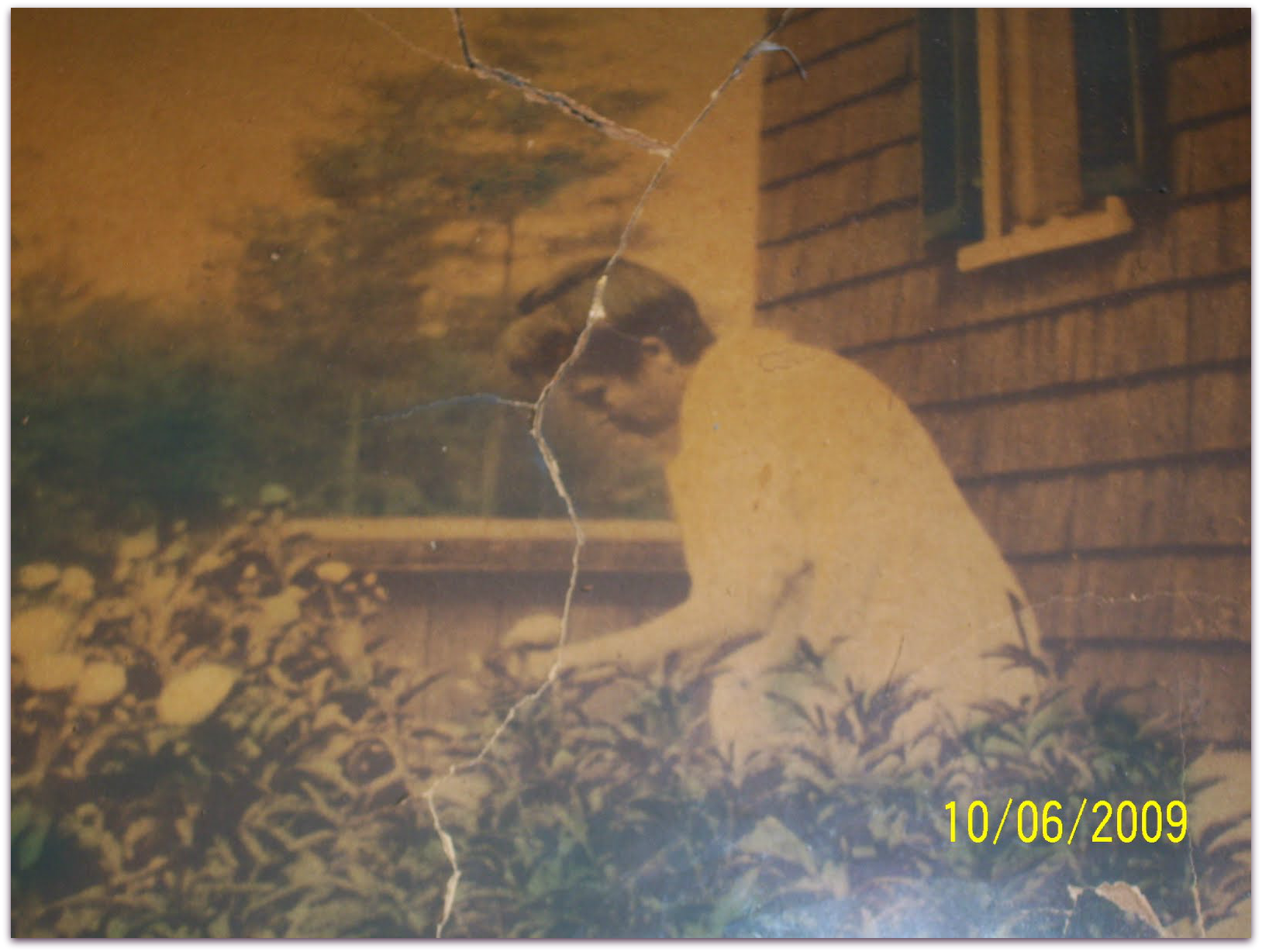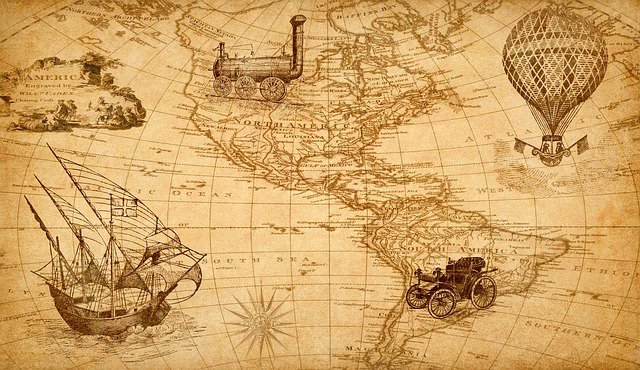One of the techniques many genealogists use in working on brick walls or research questions is a technique called sideways searching or digging into the FAN Club (friends, associates, and neighbors). This means looking at collateral and other relationships to see if they might answer your questions. ...
family history friday
DNA Confirmation of Ancestry
One of the most exciting things happened to me in December of 2019 - I finally resolved a 26-year-old brick wall! During 2020, I poked at my new research questions here and there, which included delving into the ancestry of my great-great grandmother Emma's father, Francis Wallace (1838-1892). At ...
Genealogy Goals in 2021
It's time to decide what my genealogy goals are in the new year. This is more difficult than previous years, because I had the same goal from year to year. Ever since I broke through my nearest brick wall, I spent 2020 a little "scattered," for lack of a better term. However, I did make excellent ...
My Ancestor, the Lighthouse Keeper
My great-great-great grandfather, William W. Winsor, has been a bit of a mystery. He was the son of a Duxbury, Massachusetts inn-keeper, John Winsor (who shared grog with the likes of Daniel Webster and Henry Thoreau). William's birth and marriage are documented in Duxbury, however he disappeared ...
Blackden, Blagdon & Blagden: Name Variations
Sometimes putting families together is a pain. Particularly when you get back into the 1700's and the men in every generation were named, as one of my correspondents put it, "John, Charles or William"! Meet the Blackden, Blagdon and Blagden family (families?) that settled in Massachusetts and ...
Organizing Your Research
I'm always curious about how my fellow genealogists organize their research. I admit it, I'm an old-fashioned sort of gal. I prefer to write letters on stationery and put them in the mail, to use a planner for my scheduling, a notebook for my list-making, and to read paperback and hardcover books ...





